13 Publications that Reimagine Queer Visibility
Pride was born of protest. What began as a commemoration of the 1969 Stonewall riots has grown into a month dedicated to recognizing and celebrating the impact that lesbian, gay, bisexual, and transgender individuals have had on history and culture. Photographs continue to be instrumental in reflecting and shaping representations of LGBTQIA+ communities, and Aperture has a long history of centering queer narratives in its publications and programming. Now, on the fiftieth anniversary of Stonewall, Aperture highlights thirteen publications featuring artists who have radically reimagined queer visibility.

Paz Errázuriz, Evelyn IV, Santiago, from the series Adam’s apple, 1987
Courtesy the artist
Chilean photographer Paz Errázuriz is known for spending months or years within a given community, building trust and carefully studying social structures—among them brothels, shelters, psychiatric wards, and boxing clubs—where women were prohibited. In the 1980s, during the dictatorship of Augusto Pinochet, Errázuriz took pictures of trans prostitutes working in clandestine brothels in Santiago and Talca. “The resulting series, La manzana de Adán (Adam’s apple, 1982–87), shows the intimacies fostered by queer men and trans women in the chosen families formed within brothels,” Julia Bryan-Wilson writes. “Decades before the rise of the phrase trans feminism and the increased mainstreaming of (some) trans bodies, Errázuriz’s La manzana de Adán sought to capture Chilean trans women without shame or stigma.”

Nick Sethi, Attendees of Koovagam Festival, Tamil Nadu, India, April 2016
Courtesy the artist
Aperture 229, “Future Gender,” Winter 2017
Guest edited by Zackary Drucker, the artist, activist, and producer of the acclaimed television series Transparent, “Future Gender” considers how trans and gender-nonconforming individuals have used photography to imagine new expressions of social and personal identity, from the nineteenth century to today.
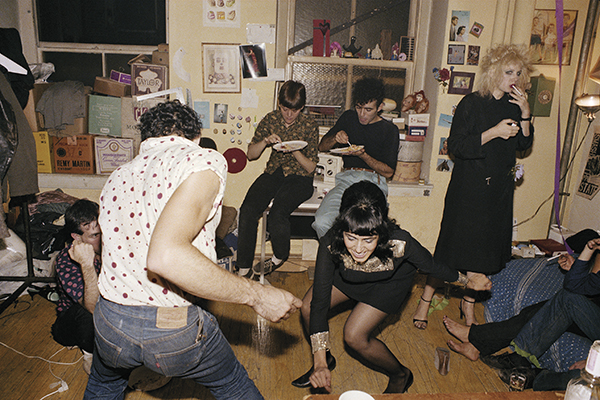
Nan Goldin, Twisting at my birthday party, New York City, 1980
Courtesy the artist
The Ballad of Sexual Dependency by Nan Goldin, 2012
Nan Goldin’s iconic visual diary, The Ballad of Sexual Dependency chronicles the struggle for intimacy and understanding between her friends, family, and lovers in the 1970s and ’80s. Her work describes a world that is visceral, charged, and seething with life. What’s more, Goldin’s work challenged censorship, disrupted gender stereotypes, and brought crucial visibility and awareness to the AIDS crisis. Goldin herself has said, “I’m bisexual so I can’t really come out as gay. When I’m gay, I’m very gay. And when I’m with men then, you know, I’m with men. I don’t fall in love with people because of their gender.”
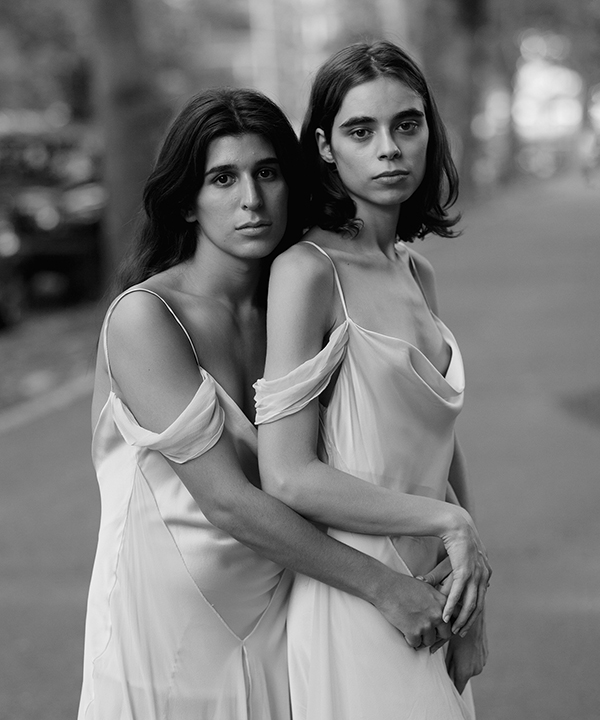
Ethan James Green, Maria and Massima, 2017
Courtesy the artist
Ethan James Green: Young New York, 2019
In his serene and sensitive photographs, Ethan James Green redefines beauty and identity for a new generation. Young New York, the artist’s first monograph, presents a portrait of New York’s millennial scene-makers, a gloriously diverse cast of models, artists, nightlife icons, queer youth, and gender binary-flouting muses of the fashion world and beyond. “Green’s subjects are confidently beautiful, masters of style and attitude,” writes Michael Schulman in the book’s essay.
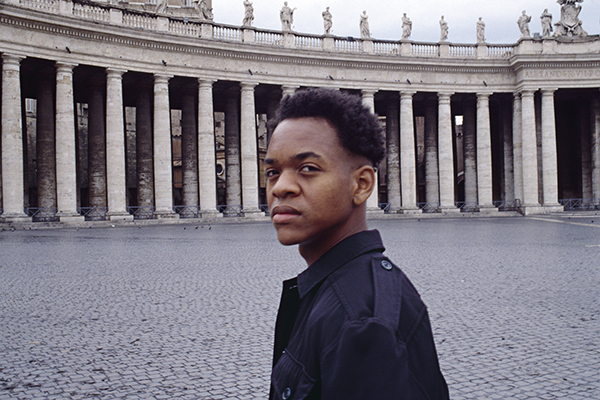
Lyle Ashton Harris, Lyle Ashton Harris by Tommy Gear, Vatican City, 1992
Courtesy the artist
Lyle Ashton Harris: Today I Shall Judge Nothing That Occurs, 2017
Throughout the late 1980s and ’90s, a radical cultural scene emerged in cities across the globe, finding expression in galleries, nightclubs, and bedrooms of New York, London, Los Angeles, and Rome. In this new landscape, Lyle Ashton Harris began obsessively documenting the community forming around him, including artists and cultural figures such as bell hooks, Isaac Julien, Nan Goldin, and Catherine Opie, and more. Today I Shall Judge Nothing That Occurs brings together Harris’s archive of 35mm Ektachrome slides alongside journal entries to create a unique visual document of what Harris has described as “the emergence of multiculturalism, the second wave of AIDS activism, and incipient globalization.”

Peter Hujar, Gary in Contortion (1), 1979
Courtesy The Peter Hujar Archive, LLC and Pace/MacGill Gallery, New York, and Fraenkel Gallery, San Francisco
Peter Hujar: Speed of Life, 2017
Peter Hujar died of AIDS in 1987, leaving behind a complex and profound body of photographs. Underappreciated during his lifetime, Hujar was a leading figure in the cultural scene in downtown New York in the 1970s and ’80s, an inspiration to legendary photographers Robert Mapplethorpe and Nan Goldin. Among his subjects are visionaries such as Susan Sontag, William S. Burroughs, and Andy Warhol. “In many ways Peter Hujar defined downtown for me,” writes photography critic Vince Aletti. “He went places I never dared to, and hung out with people I’d only read about.”

Zanele Muholi, Senzekile II, Cincinnati, 2016
Courtesy the artist and Stevenson Gallery, Cape Town/Johannesburg, and Yancey Richardson Gallery, New York
Zanele Muholi: Somnyama Ngonyama, Hail the Dark Lioness, 2018
One of the most powerful visual activists of our time, Zanele Muholi’s self portraits are radical statements of identity, race, and resistance. Using props and materials found in their immediate environment, Muholi (who uses the pronouns they/them) directly responds to contemporary and historical racisms. “I am producing this photographic document to encourage people to be brave enough to occupy spaces, brave enough to create without fear of being vilified,” Muholi states, “It’s okay for you to be you and love yourself, even if people will deny your existence.”
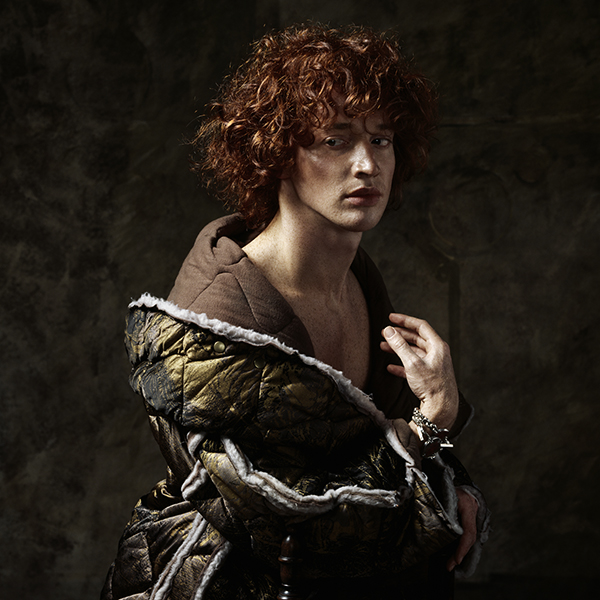
Erwin Olaf, People of the Labyrinths, 02, 2005
Courtesy the artist
Celebrated Dutch photographer Erwin Olaf’s career began in the early 1980s, chronicling the gay liberation movement. Over forty years, he has established an approach of highly stylized, daring, and often provocative imagery. Erwin Olaf: I Am is the first comprehensive survey of his work, bringing together his earliest images in black and white with his now iconic color work.
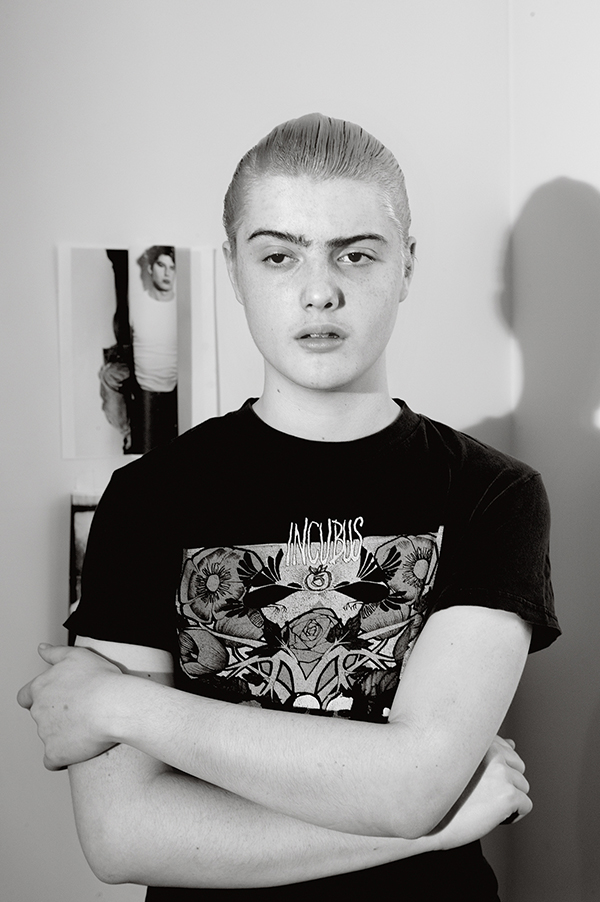
Collier Schorr, Untitled (Casil), 2015–18
Courtesy the artist and 303 Gallery, New York
Aperture 235, “Orlando,” Summer 2019
Virginia Woolf’s 1928 novel Orlando tells the tale of a young nobleman in the age of Queen Elizabeth I who lives for centuries, and along the way mysterious shifts gender—a point that is radically rendered as a nonevent. Now, as guest editor of the latest issue of Aperture, Tilda Swinton calls upon Woolf’s central themes, inviting a group of artists and writers to make work inspired by the novel. Featuring work from Collier Schorr, Viviane Sassen, Paul Mpagi Sepuya, Elle Pérez, Mickalene Thomas, and more, the issue is, in Swinton’s words, “a salute to limitlessness, and a heartfelt celebration of the fully inclusive and expansive vision of life exemplified by the extraordinary artists collected here.”
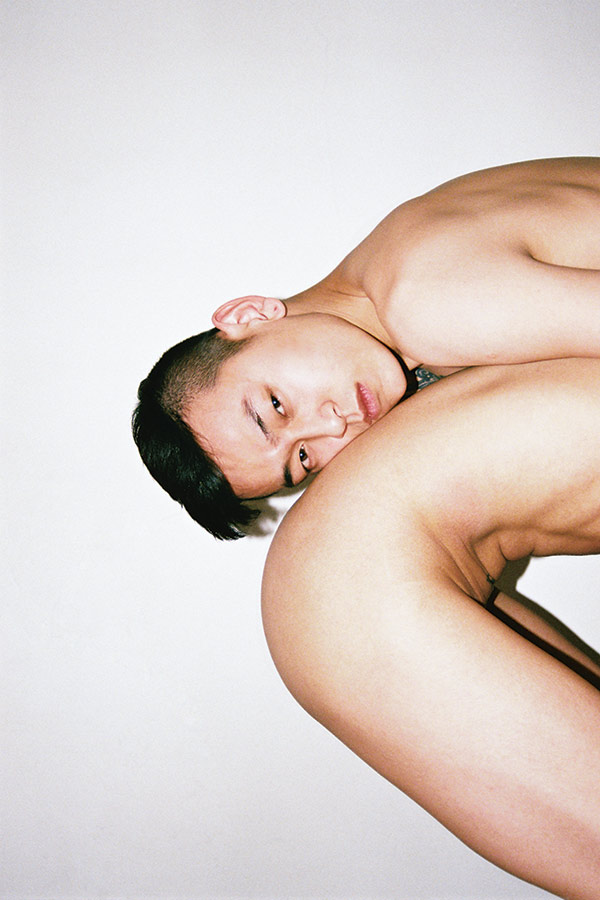
Ren Hang, Untitled, 2014
Courtesy the artist and Galerie Nicolas Hugo, Paris
Aperture 218, “Queer,” Spring 2015
“Queer doesn’t have a look, a size, a sex,” Vince Aletti writes. “Queer resists boundaries and refuses to be narrowly defined.” Over the past three decades, the public conversation about what it means to be queer has evolved, and remains both relevant and necessary to continue. With work by photographers such as Zanele Muholi, Ren Hang, and Catherine Opie, Aperture’s “Queer” issue is an essential primer on the ways in which images have shaped that conversation.

Richard Renaldi, 04:14, from Manhattan Sunday
Courtesy the artist
Manhattan Sunday by Richard Renaldi, 2016
As a young man who had recently embraced his gay identity, Richard Renaldi found a home in “the mystery and abandonment of the club, the nightscape, and then finally daybreak, each offering a transformation of Manhattan from the known world into a dreamscape of characters acting out their fantasies on a grand stage.” In Manhattan Sunday, Renaldi captures that ethereal moment, when Saturday night blurs into Sunday morning in Manhattan, and evokes the vibrant nighttime rhythms of the city.

Mickalene Thomas, Le leçon d’amour, 2008
Courtesy the artist, Lehmann Maupin New York and Hong Kong, and Artists Rights Society (ARS), New York
Muse by Mickalene Thomas, 2015
Mickalene Thomas draws on cultural icons and her relationships with lovers and family alike to subvert the male gaze and assert new definitions of beauty. Thomas, who spent several years estranged from her mother before telling her she was a lesbian, has said of their collaboration, “Using my mother as a model has allowed us time to establish this nice relationship, for me to get to know her. I feel it’s a way of making her happy.” Muse gathers together Thomas’s various approaches to photography in a courageous exploration of gender and sexuality.
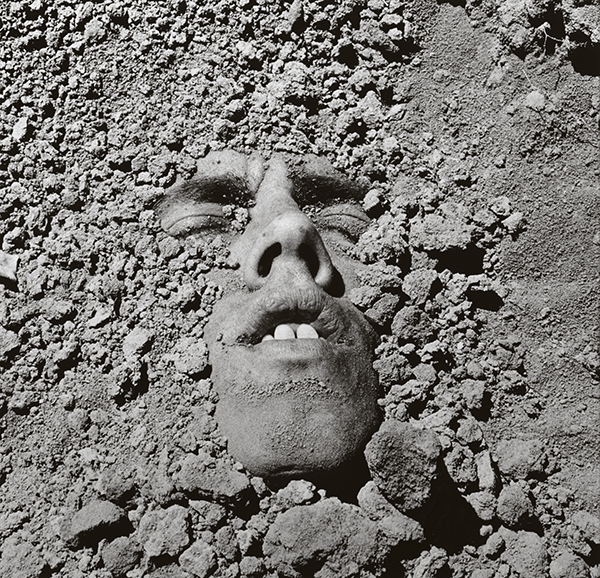
David Wojnarowicz, Untitled (face in dirt), 1990
Courtesy the Estate of David Wojnarowicz and P.P.O.W Gallery, New York
Brush Fires in the Social Landscape by David Wojnarowicz, reissued 2015
Throughout his career, David Wojnarowicz’s use of photography was extraordinary, as were his unprecedented ways of addressing the AIDS crisis and issues of censorship, homophobia, and narrative. As Wojnarowicz once said, “History is made by and for particular classes of people. A camera in some hands can preserve an alternate history.” Brush Fires in the Social Landscape, begun in collaboration with the artist before his death in 1992 and reissued in 2015, explores Wojnarowicz’s profound legacy through the lens of his friends and community, among them Nan Goldin and Kiki Smith.






















